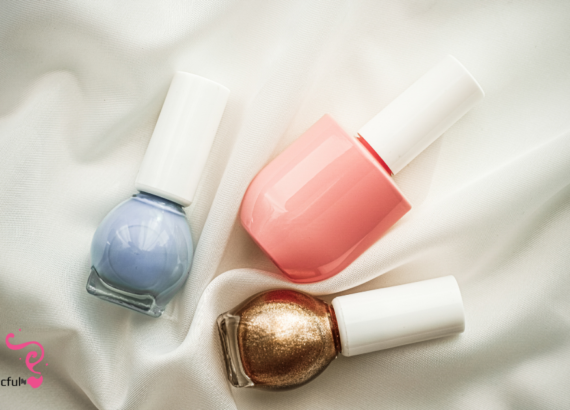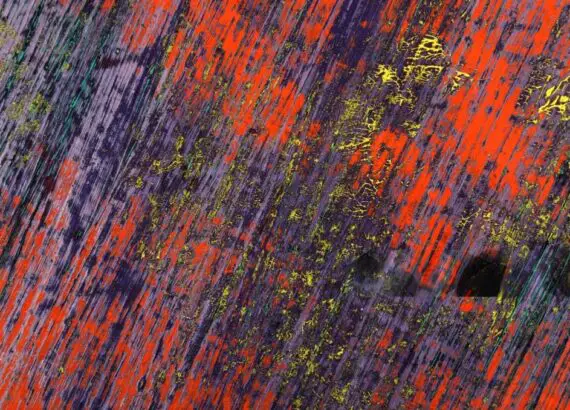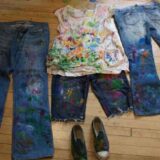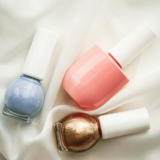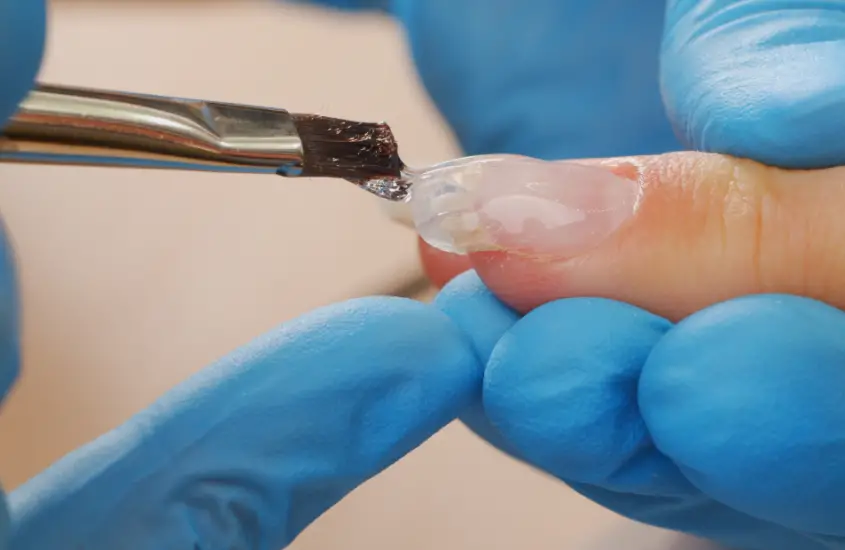How To Make Ivory Color With Acrylic Paint?

Introduction
A. Definition of Ivory Color
The term “ivory color” refers to a delicate and muted shade that mimics the soft tones found in natural ivory. It embodies a subtle blend of cream and off-white, evoking a sense of sophistication and timelessness.
B. Popularity of Ivory Color in Art
In the light of art, the popularity of the ivory color is undeniable. Artists across centuries have been captivated by its understated elegance, using it to convey a wide range of emotions and atmospheres in their creations. Whether used as a primary hue or as a complementary shade, ivory has secured its place as a beloved and versatile choice in the artist’s palette.
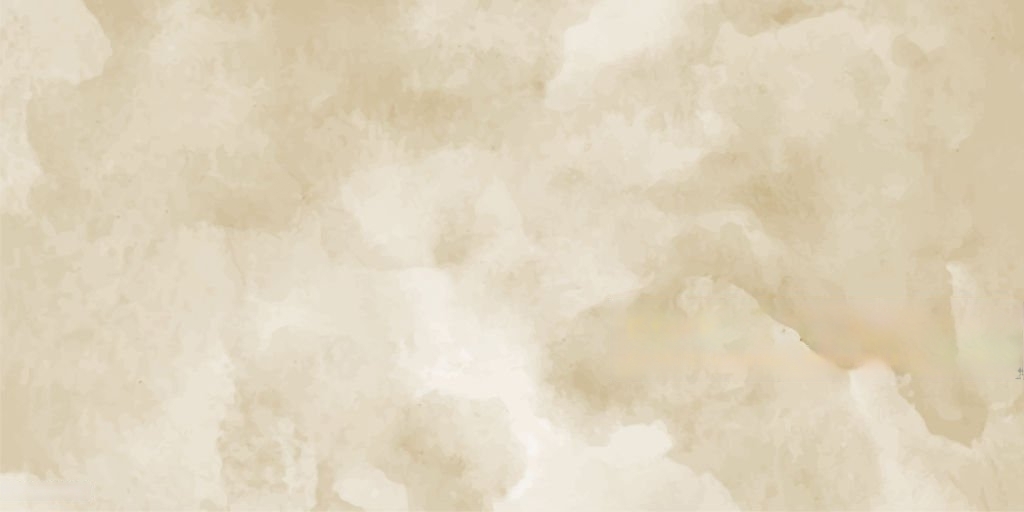
II. Understanding Acrylic Paint
A. Properties of Acrylic Paint
Acrylic paint, a favorite among artists, boasts a set of unique properties that contribute to its popularity. Known for its quick-drying nature, acrylic paint allows artists to build layers swiftly, enabling a faster-paced creative process. The medium also offers versatility, as it can be thinned for a watercolor effect or applied thickly for textured, impasto techniques. Additionally, acrylics are durable and resistant to aging, ensuring the longevity of your artistic endeavors.
B. Color Mixing Basics
To unlock the full potential of acrylic paint, one must grasp the fundamentals of color mixing. Moreover, understanding the color wheel and the relationships between primary, secondary, and tertiary colors is essential. With this knowledge, artists can achieve a spectrum of hues, tones, and shades, laying the groundwork for the creation of the coveted ivory color. Hence, experimentation with color ratios and variations is key to mastering the art of color mixing with acrylics.
III. Essential Supplies
A. High-Quality Acrylic Paints
The foundation of any masterpiece lies in the quality of your acrylic paints. Firstly, opt for high-quality pigments to ensure the vibrancy and richness needed for achieving the perfect ivory color. Investing in a reputable brand can significantly enhance the overall outcome of your artistic endeavors.
B. Palette and Brushes
Equipping yourself with the right tools is paramount. A well-chosen palette provides the perfect surface for mixing and blending your acrylics, while a set of quality brushes allows for precision and control. Experiment with different brush shapes and sizes to discover the versatility each can bring to your artwork.
IV. Basic Color Theory
A. Primary Colors
In the light of color theory, primary colors hold a foundational role. These hues—red, blue, and yellow—cannot be created by mixing other colors. Understanding the dynamic interplay between primary colors is crucial as you embark on the journey of crafting the elusive ivory shade.
B. Secondary Colors
When primary colors come together, they give birth to secondary colors. Mixing red and blue produces purple, blue and yellow result in green, and red and yellow create orange. These secondary colors open up a broader spectrum, laying the groundwork for nuanced color exploration.
C. Tertiary Colors
Tertiary colors emerge when a primary color is combined with its neighboring secondary color. This intricate dance of colors results in shades like red-orange, blue-green, and yellow-purple. Mastery of tertiary colors enhances the artist’s ability to capture the subtleties inherent in the ivory color palette.
V. How To Make Ivory Color With Acrylic Paint?
A. Mixing Primary Colors
First thing to remember, the alchemy begins with the strategic mixing of primary colors. Combine red, blue, and yellow in precise proportions to lay the foundation for your ivory masterpiece. This blending process allows you to harness the richness and depth required to capture the essence of ivory.
B. Adjusting Tone and Shade
Fine-tune your creation by exploring the subtleties of tone and shade. Ivory is not a static color but a nuanced interplay of light and shadow. Experiment with small adjustments to strike the perfect balance, ensuring your ivory color exudes the desired warmth and sophistication.
C. Experimentation with Ratios
Lastly, embrace the artist within by experimenting with color ratios. The beauty of ivory lies in its variability, and this is your opportunity to infuse your unique touch. Play with different proportions of primary colors to discover unexpected shades and create an ivory that resonates with your artistic vision.
VI. Tips for Achieving Perplexity
A. Play with Light and Shadows
Elevate your ivory creation by incorporating the dynamic interplay of light and shadows. However, Experiment with how light interacts with your painting, creating subtle variations in tone that add depth and intrigue to your artwork. The dance of highlights and shadows will bring a level of perplexity that captivates the viewer.
B. Utilizing Layers and Textures
Delve into the world of burstiness by experimenting with layers and textures. Apply acrylic paint in varying thicknesses, creating a tactile experience for the observer. Layers add dimension to your ivory color, making it more than a flat hue. Explore different brush strokes and techniques to introduce textures that engage the senses and add complexity to your masterpiece.
VII. Embracing Burstiness in Art
A. Breaking Color Norms
Break free from conventional color norms by infusing bursts of unexpected hues into your ivory creation. Challenge the traditional boundaries associated with ivory; instead, explore complementary or contrasting colors that add a burst of vibrancy. This daring approach will make your ivory color truly stand out, leaving a lasting impression on those who experience your artwork.
B. Adding Unexpected Accents
Embark on the art of surprise within your ivory masterpiece. Introduce small pops of color or intricate details that deviate from the expected, infusing surprising elements. Surely, these unexpected bursts of energy create a visual journey, keeping the viewer engaged and intrigued. Embrace the unexpected to elevate the burstiness of your ivory creation.
VIII. Specifics on Contextual Usage
A. Ideal Art Forms for Ivory
Discover the ideal art forms where the ivory color truly shines. From classic portraits to modern abstract expressions, understanding the contexts where ivory is most effective will guide your artistic choices and help you leverage its timeless appeal.
B. Historical Significance of Ivory Color
Unearth the historical significance woven into the ivory color. Explore how artists through the ages have employed ivory hues in their masterpieces, connecting the present to a rich tapestry of artistic heritage. While understanding this historical context adds depth to your use of ivory in contemporary art.
IX. Engaging the Reader: An Analogy
A. Ivory as the Canvas of Emotions
Imagine ivory as the canvas where emotions come alive. Much like an artist expresses feelings through brushstrokes, the ivory color becomes a medium for conveying a spectrum of emotions. Dive into the emotional depth of ivory, and consider how it can evoke a range of sentiments in your audience.
B. Painting Stories with Hues
Additionally, transform your art into a narrative by painting stories with hues. Explore the storytelling potential of ivory as you weave tales through the subtleties of color. Every stroke becomes a chapter, and the ivory palette becomes the language through which your stories unfold. Engage your readers by inviting them into the rich narratives embedded in your artwork.
X. Step-by-Step Tutorial
A. Setting Up Your Workspace
Firstly, begin your creative endeavor by setting up an inspiring workspace. Ensure ample lighting, organize your tools, and create an environment that fosters artistic exploration.
B. Mixing Your Palette
Master the art of mixing by following a step-by-step guide to create the perfect palette for your ivory color. Experiment with ratios and hues, allowing your creativity to flourish.
C. Application Techniques
Moreover, explore various application techniques to bring your ivory color to life. From broad brushstrokes to intricate details, discover the methods that resonate with your artistic vision.
XI. Personal Touch: Your Artistic Signature
A. Adding Unique Elements
Infuse your personality into your artwork by adding unique elements. Whether it’s a distinctive motif or a particular brush stroke style, make your ivory creation yours.
B. Making the Ivory Color Your Own
Furthermore, establish control of your artistic expression by incorporating the ivory color into your creative personality. Experiment with tiny changes that match your personal style.
XII. Showcasing Your Creations
A. Photography Tips
Learn how to capture the essence of your ivory creation through effective photography. Showcase the details and texture that make your artwork stand out.
B. Online Platforms for Artistic Display
Moreover, explore various online platforms where you can proudly display your ivory-colored masterpieces. Connect with a global audience and build a digital gallery that reflects your artistic journey.
XIII. Active Voice in Art
A. Conveying Emotions through Color
Harness the power of the active voice in your art by using color as a medium to convey a range of emotions. Allow your ivory hues to speak volumes, eliciting emotional responses from your audience.
B. Empowering Your Artistic Voice
Discover how your artistic voice can empower your creations. Turn each piece into a powerful expression of self, using the ivory color as a vehicle for your unique perspective and creativity.
Conclusion
As we conclude this artistic journey into the world of ivory color, take a moment to appreciate the beauty and depth you’ve achieved with acrylic paints. From the mixing of primary colors to the application of unique techniques, you’ve unlocked the secrets of how to make ivory color with acrylic paint.
Allow this guide to serve as an inspiration for future investigation and experimentation in your artistic activities. The world of color is immense, and your adventure has only just begun. Accept the thrill of creativity, the surprises of exploration, and the satisfaction of expressing yourself via the charming medium of ivory color.
In the final analysis, armed with the knowledge and inspiration gained from this guide, go forth and paint your world with the timeless allure of ivory. Your artistic expression is a canvas waiting to be filled with the rich tapestry of emotions and stories that only you can tell. Happy creating!
FAQs
A. What if I don’t have all the primary colors?
Don’t worry! You can still experiment by mixing the colors you have. The key is to be open to unexpected results.
B. Can I mix ivory with other mediums?
While acrylic paint is recommended for this guide, feel free to experiment with other mediums, but note that results may vary.
C. How can I make ivory color darker or lighter?
You can acquire the desired darkness or lightness by adjusting the color ratio. Begin with modest steps and work your way up to your desired shade.
D. Any tips for beginners in acrylic painting?
Begin with a limited color palette, practice color mixing, and don’t be afraid to make mistakes—it’s all part of the learning process.
E. Where can I find high-quality acrylic paints?
Purchase from reliable art supply stores or online platforms. Quality paints significantly improve the brilliance and duration of your artwork.

